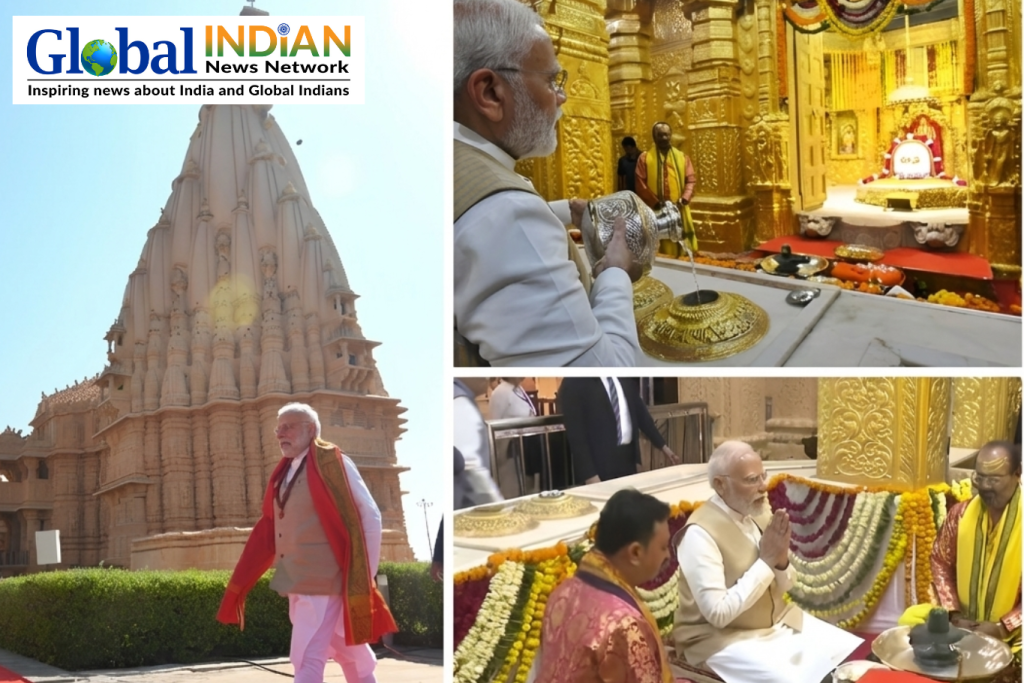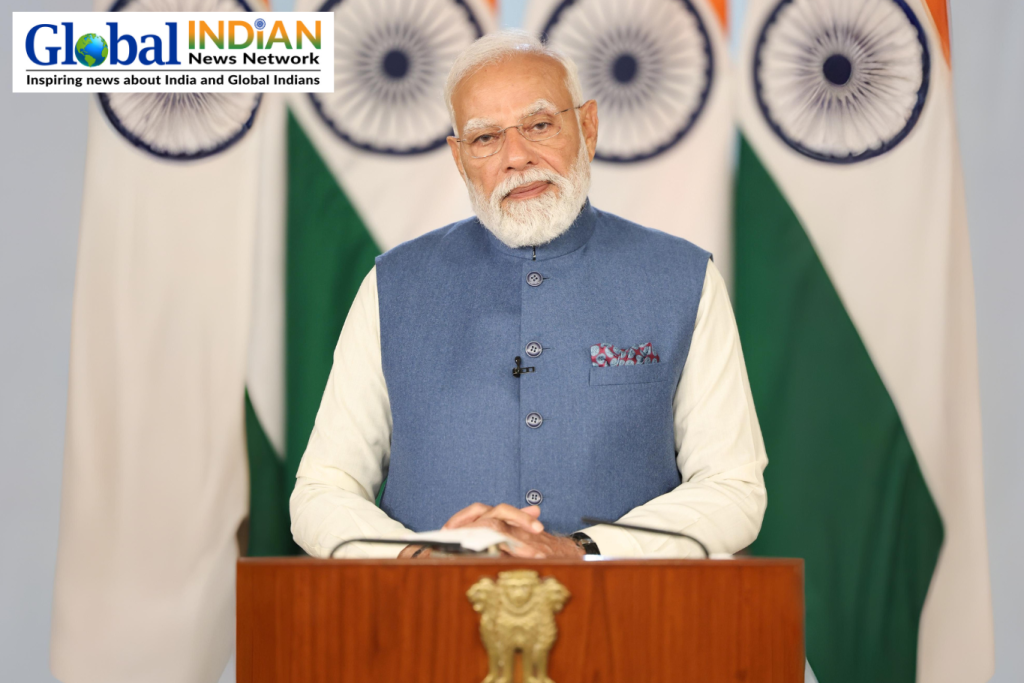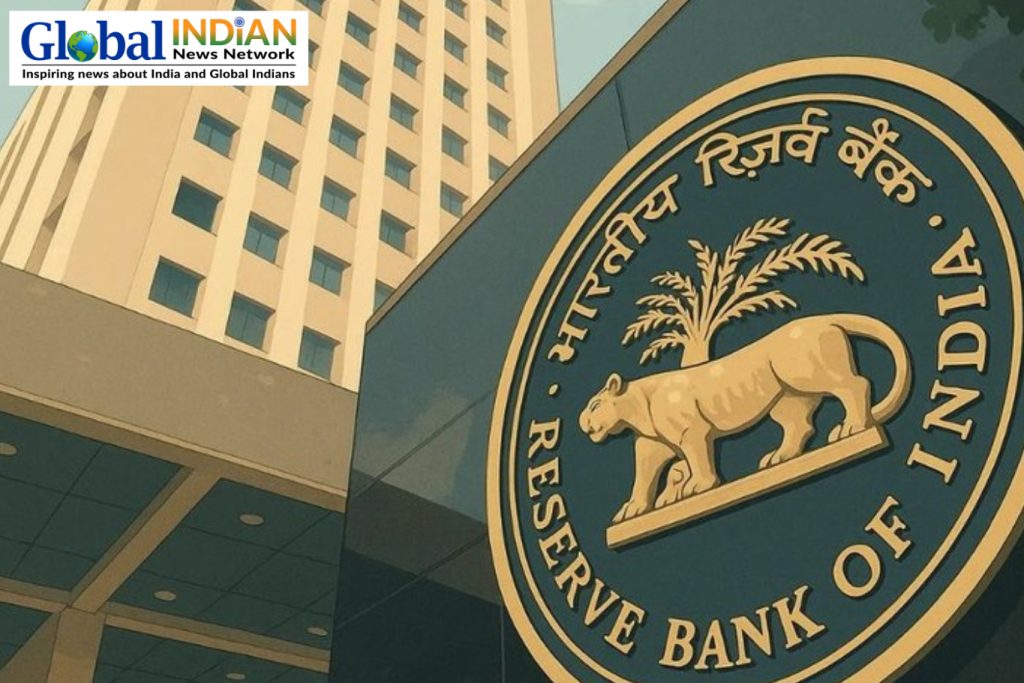 Since Jawaharlal Nehru’s historic ‘Tryst With Destiny’ speech on August 14, 1947, India has continually made significant advancements in technology and science. Examples of this progress include the successful testing of the first nuclear bomb in 1974 and the creation of the world’s largest open application programming interface (API). Throughout its 76 years of independence, India has continually achieved remarkable feats, such as its current leadership role in the G20 forum where it is collaborating with other nations to address digital transformation, global health architecture, and sustainable energy transformations.
Since Jawaharlal Nehru’s historic ‘Tryst With Destiny’ speech on August 14, 1947, India has continually made significant advancements in technology and science. Examples of this progress include the successful testing of the first nuclear bomb in 1974 and the creation of the world’s largest open application programming interface (API). Throughout its 76 years of independence, India has continually achieved remarkable feats, such as its current leadership role in the G20 forum where it is collaborating with other nations to address digital transformation, global health architecture, and sustainable energy transformations.
One noteworthy achievement was the establishment of the Planning Commission in 1950, aimed at guiding sectors like science, agriculture, infrastructure, and education. The first Five-Year Plan, initiated in 1951, placed a strong emphasis on scientific research. It outlined the strengthening of national laboratories and research centers, and also introduced new institutes like the Radio and Electronics Research Institute, Mechanical Engineering Research Institute, and Central Salt Research Station to drive scientific progress.
Agricultural research played a pivotal role in India’s growth. In the late 1950s and 1960s, scientific research ignited the Green Revolution, transforming India from a food grain importer to a surplus producer. This was achieved by integrating scientific principles into agricultural practices, thus revitalizing the agrarian economy.
India’s journey into space exploration began in 1969 with the establishment of the Indian Space Research Organisation (ISRO), culminating in the launch of the Aryabhata satellite in 1975. This satellite, entirely designed and built in India, marked the nation’s entry onto the global space stage, conducting X-ray astronomy, Earth’s upper atmosphere study, and solar physics exploration.
Chandrayaan-I, launched in 2008, was another significant milestone in India’s space exploration. This lunar mission conducted comprehensive mapping of the lunar terrain, showcasing India’s growing capabilities and aspirations in space exploration. The recent launch of Chandrayaan-3 in July aims to succeed where Chandrayaan-2 fell short, attempting a successful soft landing on the lunar surface.
The 1980s saw India’s strategic missile program’s initiation, with the successful 1989 AGNI missile test showcasing advancements in precision, maneuverability, guidance, and propulsion. The AGNI series continued, culminating in AGNI-V’s successful test in 2018, strengthening India’s strategic defense capabilities.
India’s strides extended to genetics with the development of DNA fingerprinting in 1988, making it the third nation globally to have a homegrown probe. The technology transformed genetic research and criminal investigations, solidifying India’s position in the realm of genetics.
Nuclear advancements also played a pivotal role, with landmark moments like the 1974 nuclear bomb test and the 1998 Pokhran-II test, which marked India’s emergence as a force in global innovation.
In the 1990s, India overcame the challenge of polio through a determined immunization campaign, transitioning from a polio-prone nation to polio-free within two decades.
India’s ‘Startup India’ initiative, launched in 2016, fueled a thriving ecosystem of over 52,000 startups by 2021, contributing significantly to the nation’s economy.
The revolutionary India Stack, initiated in 2009 with Aadhaar and encompassing open APIs and digital public resources, transformed identity, data, and payments at scale, breaking down financial barriers.
India’s commitment to quantum science is evident through ongoing projects and a significant investment of $1 billion over five years for quantum research.
In summary, India’s journey since independence has been marked by remarkable achievements in technology and science, shaping its position as a global leader in various domains.










